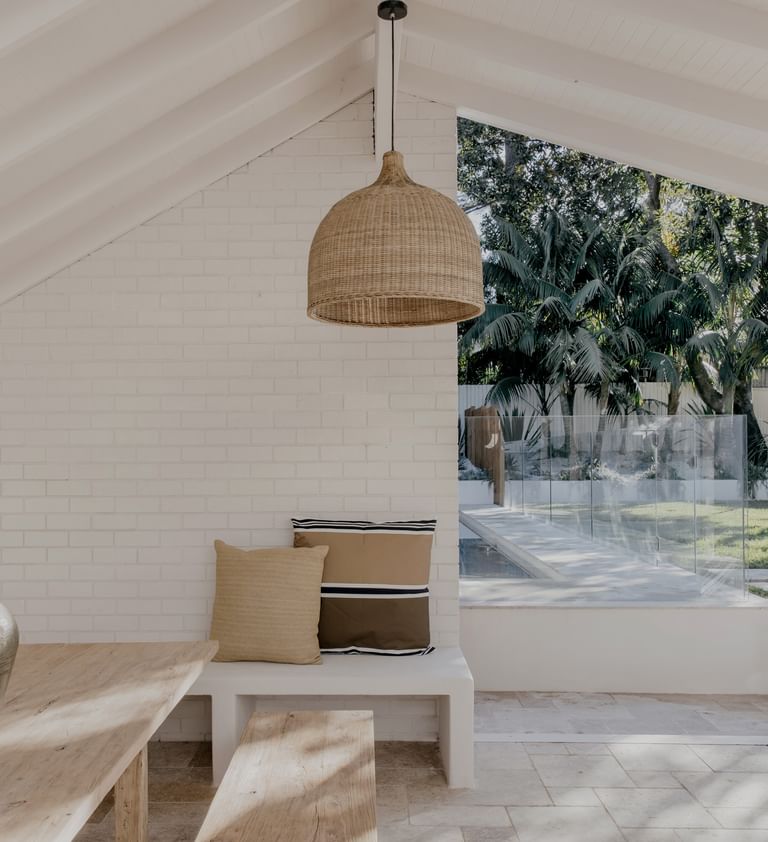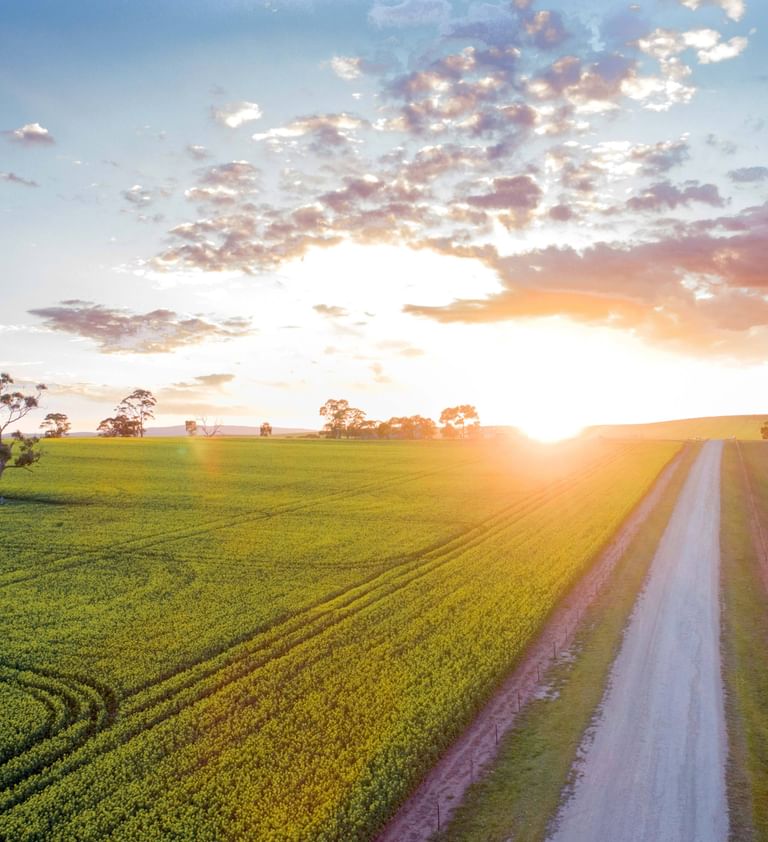
Price Movements


Australian property prices continued to increase in December and into January and are now well above the previous peak in 2021 for both houses and units. While surprising, given the rapid interest rate increases, the growth reflects a combination of continued population growth and limited new housing supply.
With supply levels expected to remain limited this year despite some stability in construction costs emerging, sentiment surrounding interest rates being at their peak are likely to lead to continued price growth.
Perth continues to be home to the strongest house price growth in Australia growing 15.3 per cent over the last year.
Robust economic results borne from positive mining conditions aiding in rising wealth, during a time of limited supply,
is keeping competition to secure a home elevated. Adelaide is also a top performer, seeing similar drivers to Perth.
Melbourne continues to see the weakest growth, however, it’s still up four per cent compared to last year.


While Perth tops the country for house price growth, Adelaide units are the strongest with prices up over 10 per cent since last year. Affordability continues to be a key concern, and timely new supply is required to meet the ongoing housing demand. Despite stabilising, the high cost of construction is setting new benchmarks for value across both homes and units. Brisbane and its elevated population growth has spurred 9.52 per cent growth over the year, while Melbourne has seen just 2.84 per cent growth over the same time frame.


Strong mining conditions are the main driver of house price growth in regional South Australia and Western Australia. While iron ore remains the largest driver of growth for Western Australia, lithium production continues to increase. In South Australia, copper production was a major contributor to economic growth for the state.
While aggregate house prices are up in regional Australia, we’re continuing to see large increases in properties coming to market in some locations, notably beachside destinations which grew in popularity during the pandemic period. This is impacting pricing in many of these areas.


Echoing the result of house prices, units in regional South Australia and Western Australia have shown the greatest level of growth, representing 13.85 per cent and 12.50 per cent respectively. Regional Queensland also continues to see good growth, particularly in coastal markets, up 9.98 per cent over the year.


Listings Activity
Listing volumes ended 2023 aligned with results in 2022; historically, December has subdued results given the holiday season. January, historically, also has a slower start to the year, however preliminary data for 2024 is suggesting alignment with prior years. While price growth usually results in greater properties coming to market, the mismatch between construction and population has led to sellers being more cautious about bringing their home to market.


Monthly listing numbers are up across all capital cities, growing by 58 per cent in January from December results. While these results may be seasonal, the year-on-year results highlight a bounceback for Canberra up one per cent and Sydney on the improve, lagging just nine per cent behind last years results.


In regional markets the volume of listings has had mixed results for the first month of the year. South Australia and its robust mining sectors kept monthly listing numbers growing, up eight per cent and was the best performing nationally with a year-on-year change of -3 per cent. New South Wales and Queensland have seen an uptick notably in the holiday home market, resulting in a monthly increase by 10 per cent. Across all regional markets, there were improvement in the month of four per cent, yet year-on-year this still represents a decline of 17 per cent.


Auction Insights
Clearance rates did see some decline during the end of 2023, yet still remained ahead of 2022 results. Auction clearance rate results for January 2024 have shown encouraging results, achieving 65.6 per cent, ahead of the 2023 rate of just 60.3 per cent. Lack of stock, resulting in greater competition at auction despite elevated interest rates, will likely continue to be a feature this year.


Ray White bidder activity has shown significant improvements in 2024, with the number of active bidders up, with registered bidders also showing increase. As listings remain tight, competition to secure homes will likely result in greater bidder activity this year.


Unconditional sales by Ray White are heavily seasonal and January 2024 results are aligned to previous years, dipping sub $5billion after a strong December result.


In January, the Ray White Group started the year better than 2023, with volumes achieving $4.34 billion, up 23.3 per cent from the same period last year. The greatest increases came from our South Australia/NT business, which grew volumes by 54.6 per cent compared to the previous year; Western Australia was not far behind and New South Wales/ACT was also up by 26.6 per cent. Both Commercial and Rural businesses started the year strong, up 28.5 and 26.6per cent respectively compared to January 2023.







